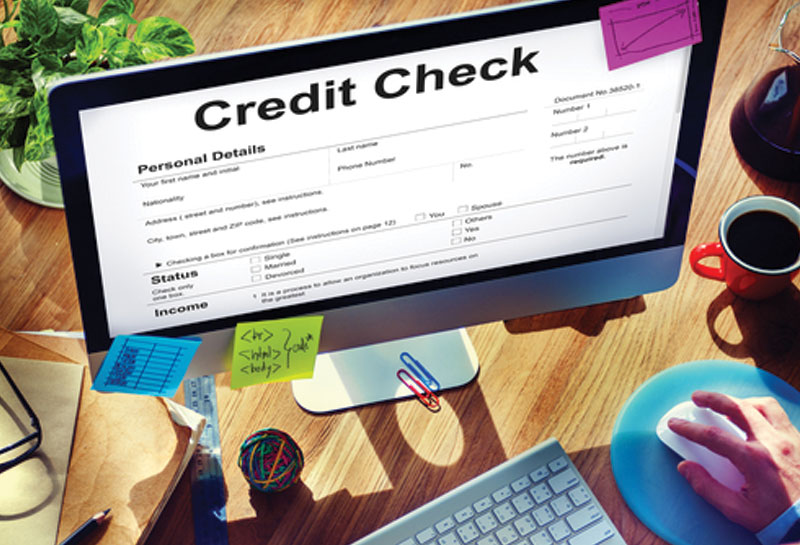
What do you do when you spot an innacuracy on your credit report? Take steps to dispute it. Because of the Fair Credit Reporting Act, cleaning up your own credit report is usually quick and easy. Credit reporting agencies (often called credit bureaus) should only report accurate and current information.
Step one – Obtain your credit reports
To know exactly what is happening with your credit, check the reports from all the major credit bureaus – TransUnion, Equifax, and Experian. The information on each report may vary because not all creditors report to every bureau. You may receive a free report from each company once per year from Annual Credit Report Request Service, or you may obtain them from the bureaus directly for a fee.
Step two – Know what can be removed
You can’t rid every negative notation from your file – credit bureaus are obligated to report all credit and debt information as long as it is correct and timely. So what can be removed?
- Wrong information. If the report lists incorrect information, such as an account you never opened, someone else’s name, or a judgment for a lawsuit you were never a part of, you can have it permanently purged from your record.
- Duplicate information. While an account can sometimes show up multiple times, you may want to have your report list it just once. This can prevent lenders from believing you have more debt or credit problems than you actually do.
- Old, negative information. In most cases, negative information, even when accurate, won’t haunt you forever. Your credit report may reflect lawsuits, judgments, liens, foreclosures, a Chapter 13 bankruptcy (from the filing date), late payments, and charged-off accounts for seven years. Chapter 7 bankruptcy will be evident for ten years from the date of filing. Child support arrearage and default notations for student loans, though, can be reported until satisfied.
Step three – Dispute inaccuracies
If you do spot errors or items that should have aged off your report, it is time to take action:
- File the dispute with the bureau. You may make your dispute on the company’s website, over the phone, or by mail. In all cases you’ll have to provide your personal identification and a description of what is wrong, and what the correct information is. If you have any documents that support your case (such as copies of cashed checks that confirm you paid an account), include those as well.
- Wait 30 days. After you file your dispute, the bureau has 30 days to investigate the matter, and a dispute notation will show up on your report. The creditor will have this time to verify the information, and if they can’t prove it’s accurate, the bureau will stop reporting it. When the bureau completes the investigation they will send you a written report covering what they found, and an updated copy of your credit report if it resulted in any change.
In the majority of cases, removing inaccuracies is that simple. However, if the investigation results in no change, contact the creditor by phone and/or mail and explain why the information is incorrect and that you want them to report the accurate information. Include copies of supporting documents (a statement showing a zero balance, for example), if you have them. The creditor may not continue to report unproven information.
Finally, if the situation still doesn’t get resolved to your satisfaction (or if the negative information is correct but you have a good reason for why it happened), consider writing a letter of explanation to add to your report. In one hundred words or less, you can explain your side of a credit problem. Write the note clearly, include supportive facts, and send it to the bureaus to be attached to your report. This “100-word statement” could make a positive difference to whoever is reading the report.
